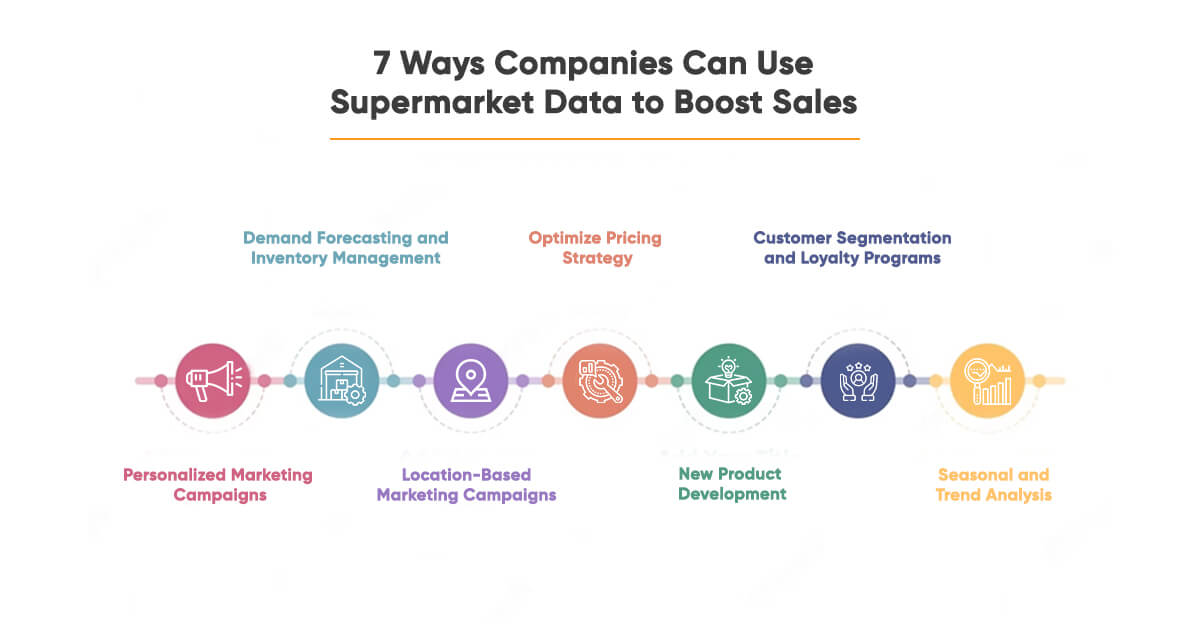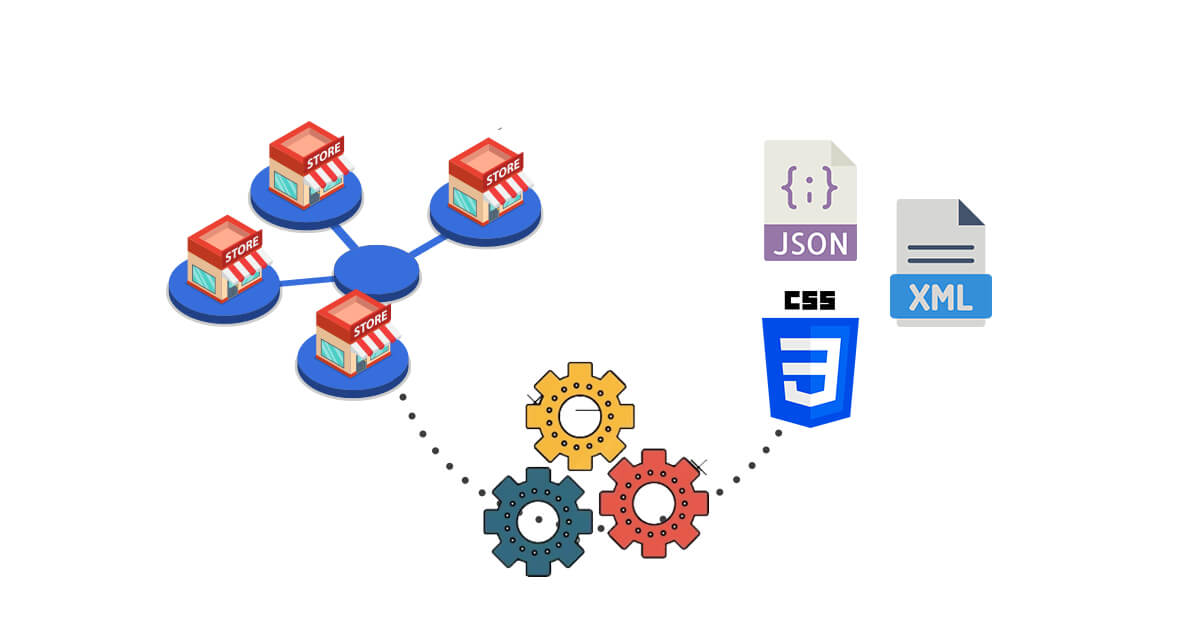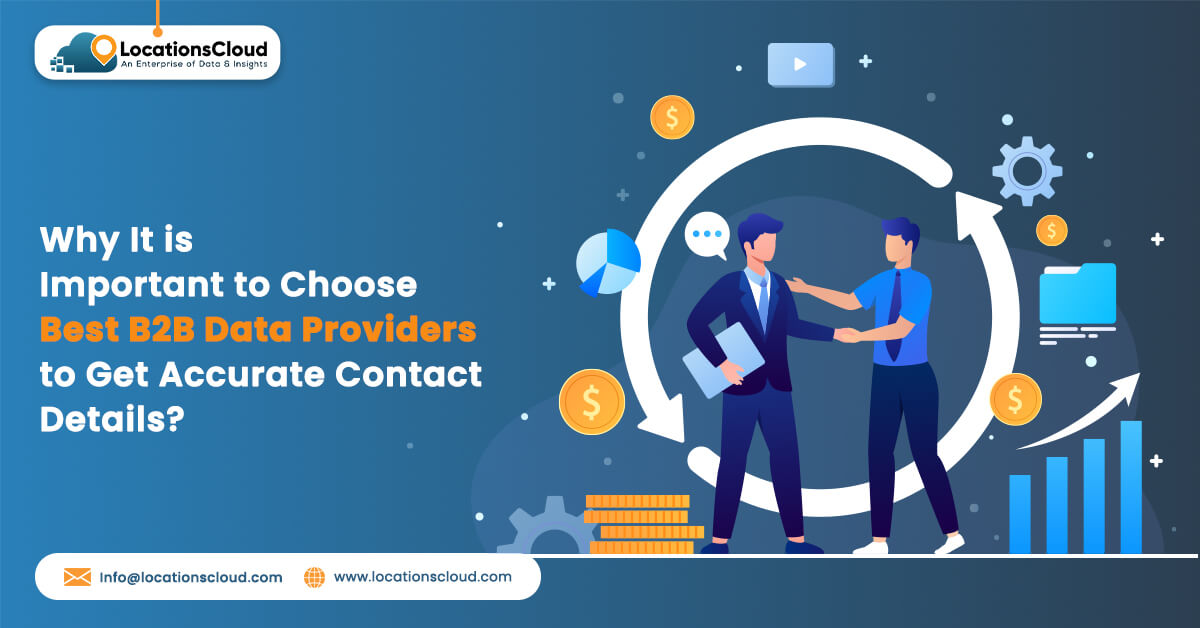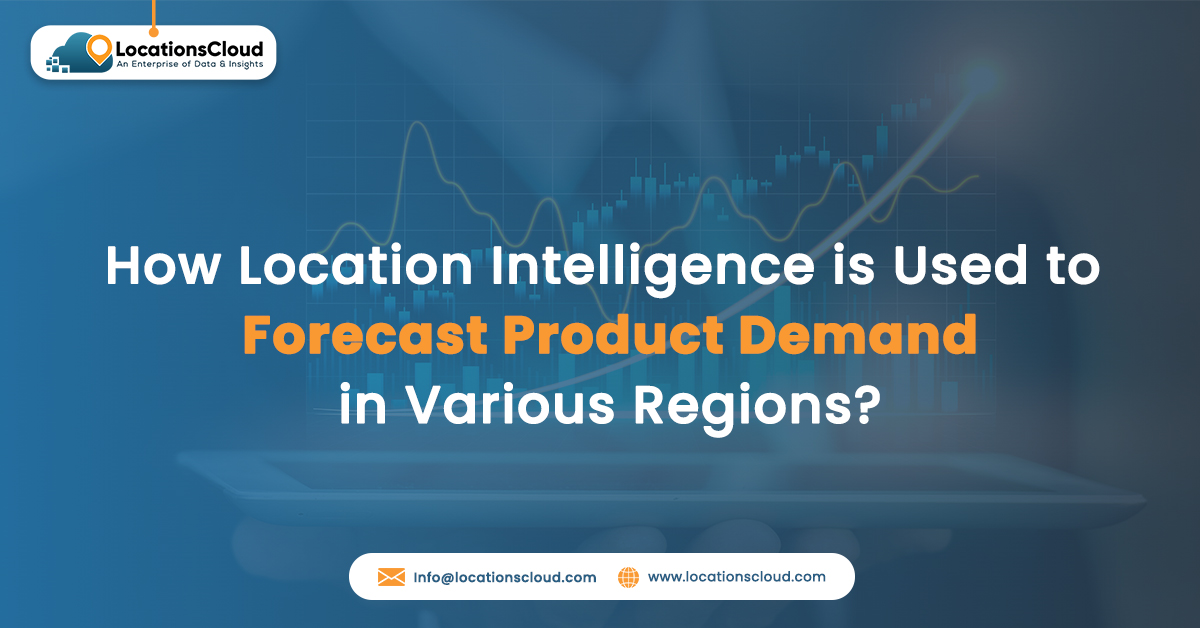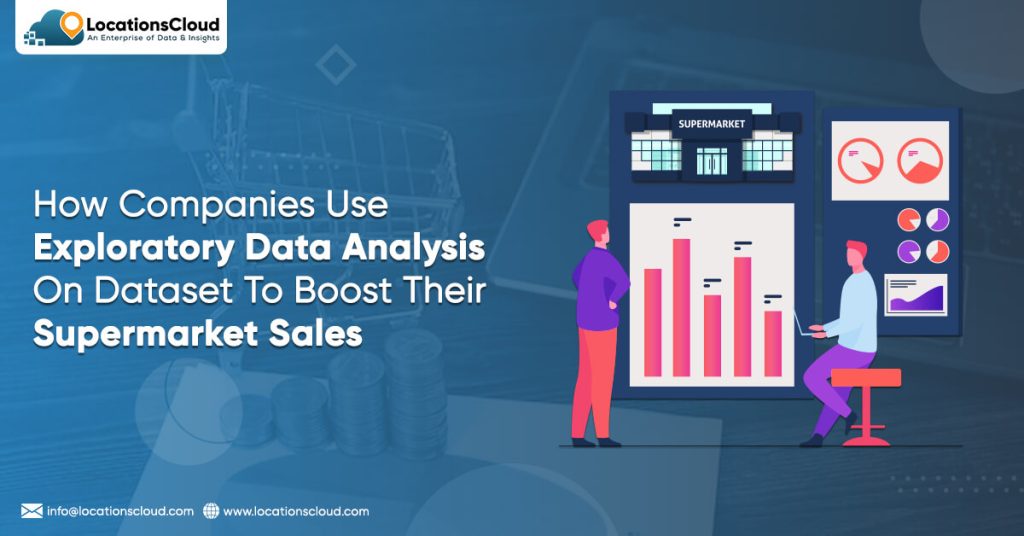
In today’s data-driven world, businesses are always looking for valuable insights that can help them reach new levels of success. In this digital age, where everything you do online leaves a trail, companies have hit the jackpot with vast data from what people do. The supermarket dataset, a complex network of customer preferences, shopping habits, and product dynamics, is one source of information with a lot to offer.
A research done by Statista says that the market for big data will be worth a massive$103 billion by 2027. This incredible growth shows how important data is for making business decisions. Also, leading companies now focus on analyzing the supermarket datasets to edge over their competitors. As the old ways of doing business fade, data-driven approaches have become the primary way for businesses to become more efficient and make more money.
In this blog, we will talk about how companies can use supermarket information to boost their sales. From finding hidden trends in buying habits to making personalized shopping, the possibilities are endless and can change the world.
What Are Supermarket Datasets?
Supermarket datasets are a collection of structured and organized data about how supermarkets work, how customers act, sales trends, and other essential information. These datasets are typically used in areas like data science, machine learning, business intelligence, and marketing. This valuable information can help you a lot about what the likes and dislikes of your customers are, how they buy whenever they visit the market, and how to manage the inventory.
Various Data Points to Collect From Supermarket
Supermarket datasets typically include a range of data points, such as:
Purchase History: You can see trends, tastes, and seasonal changes by keeping track of what customers buy. This information can help with stock control and marketing.
Product Performance: By looking at the sales data for each product, you can find out which ones sell the most, move slowly, and need to do better. This information helps adjust stock levels and bring attention to goods that must be promoted.
Customer Segmentation: By analyzing the supermarket dataset and putting customers into groups based on how they buy, where they live, and what they like, businesses can tailor marketing campaigns and offers to specific segments, which makes it easier for customers to get involved.
Basket Analysis: Businesses can use crossselling and upselling tactics when they know which items are often bought together. For example, putting similar goods close to each other can make people more likely to buy more than one.
Promotion Impact: Companies can determine how well different discounts work by comparing sales data before, during, and after the promotion. This knowledge helps make sure that marketing strategies have the most impact possible.
Inventory Management: Using data on how often items are sold and how long they last can help find the best inventory. This keeps goods from running out, reduces waste, and ensures there are always enough products to meet customers with the best inventory.
Peak Shopping Hours: By looking at how many people come in and how many transactions are made at different times of the day and week, you can better schedule your staff and decide how to use your resources to give better customer service.
Supplier Performance: Monitoring supplier data, such as delivery times and product quality, helps maintain reliable inventory replenishment and fosters strong supplier relationships.
Price Optimization: By analyzing pricing data alongside sales volumes, businesses can identify price points that maximize profit margins without deterring customers.
Geographical Trends: Geospatial data can highlight regional preferences and demand variations. This information is valuable for tailoring product assortments to local tastes.
7 Ways Companies Can Use Supermarket Data to Boost Sales
Leveraging supermarket data can provide valuable insights to companies aiming to boost their sales. Here are seven ways companies can use supermarket data to achieve their goals.
1. Personalized Marketing Campaigns
Analyzing the supermarket dataset provides a detailed picture of what each customer likes, so companies can make marketing strategies as per their niche. By looking at what customers have bought in the past and what products they like, companies can send customers personalized promotions, discounts, and product suggestions. This personal touch makes customers feel valued and increases the likelihood of buying the product by them.
2. Demand Forecasting and Inventory Management
Forecasting demand accurately is essential to avoid running out of stock and overstocking. However, with the help of supermarket data, businesses can know about the seasonal changes, products in trend, and popular ones. With this data, they can optimize their inventory levels and ensure they have the correct goods in stock at the right times. This improves customer satisfaction and makes better use of resources.
3. Location-Based Marketing Campaigns
Exploratory data analysis to boost supermarket sales does not just reveal what customers buy; it also offers insights into where they come from. Companies can leverage this information to tailor locationbased marketing campaigns. Whether it is sending special offers to nearby customers or promoting certain products to regions with specific preferences, this strategy ensures relevance and resonance.
4. Optimize Pricing Strategy
For pricing tactics to work, you need to know much about how the market works and how people act. By looking at how prices have changed in the past at supermarkets, companies can figure out how sensitive customers are to price changes, find the best price points, and even test how different pricing strategies affect sales numbers.
5. New Product Development
Putting out new goods comes with some risk, but analyzing the supermarket dataset can help reduce this risk. Companies can make products that match what people want by looking at how people buy things and what new wants are coming up. This datadriven method makes new products more likely to do well on the market and less likely to fail.
6. Customer Segmentation and Loyalty Programs
Companies can make loyalty programs and benefits more relevant to specific groups by dividing customers into groups based on how they buy. Analyzing the supermarket dataset can help find highvalue users, people who shop there often, and people who might leave. Using this information, loyalty programs can be made that work for each group of customers and encourage them to stay loyal to the brand over time.
7. Seasonal and Trend Analysis
Seasons and trends can change how people shop and what they like to buy. Companies can learn about these changes by looking at past supermarket data. With this information, companies can change their product lines, marketing strategies, and stock levels to meet seasonal needs and keep sales steady all year.
How to Gather the Data from Supermarket
Collecting information from supermarkets can be an excellent way to learn how customers act, how products work, and how they compare to the competition. You can get information from stores in various ways:
Third-Party Tools
If the supermarket’s website has helpful info, you can make things easier by using special tools that help you gather the data. These tools let you ask the website for the info you want, like product details, prices, and if things are in stock. Then, the tools get that info from the website for you.
Outsourcing
If you lack the technical expertise or resources to collect data in-house, you can consider outsourcing from the top reputable company. These companies are experts at collecting data from websites fairly and legally.
Search For Your Ideal Purchase
Wrapping Up
In conclusion, the time for making choices based on data and the retail industry is at the forefront of this shift. By analyzing the supermarket datasets, you can discover ways to sell more, adjust your marketing, and make customers happier. If businesses can handle all this data effectively, they can stay ahead and succeed even in a constantly changing world. Data has shown us the path to success in shopping, and those who can use it to their benefit will thrive.
